Therefore, it is necessary to wear a safe mix of a helmet, coat, gloves, and boots in order to be adequately protected in these circumstances. In today’s blog, we’ll talk about the right riding boots that can be tailored to your riding preferences.
Motorcycle boots are a crucial component of riding equipment because most accidents result in injuries to the feet and legs. Riding a motorcycle in light shoes is foolish because a collision might cause serious injuries to the feet and shins. On the road, motorcycle riders face a serious danger of accidents and being overlooked by other drivers.
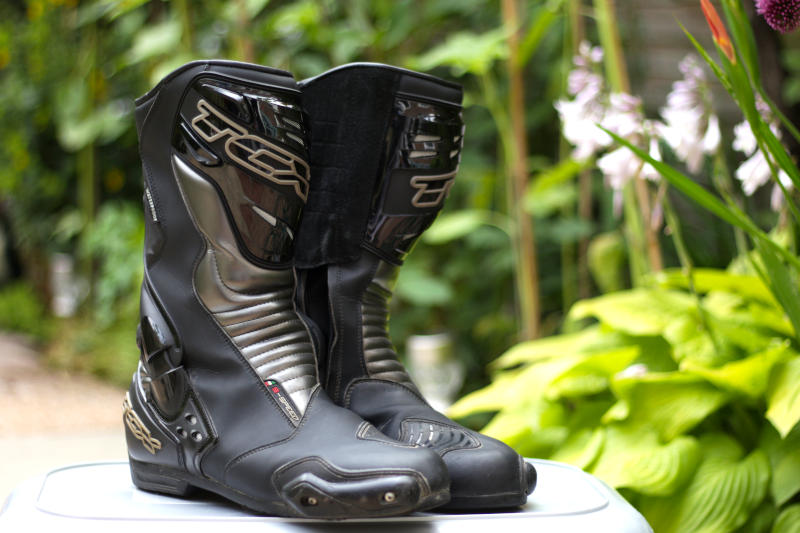
How to Choose Motorcycle Boots
1. Riding style
Some qualities set an excellent biker boot apart from an ordinary one, regardless of type or function. Of course, motorcycle boots are also without a high ankle, but these often function more like shoes and don’t normally shield the ankles from impact.
The boots need to be strong, especially around the sole and where the ankle joints lie. Ensure the overall construction is sturdy because the foot frequently becomes trapped between the chain and the back tire during accidents.
2. Fitting
Numerous medical professionals agree on the significance of choosing shoes that fit properly. A tight shoe will also guarantee the highest comfort and convenience while riding.
3. Outer material
Most motorcycle boots have leather as their outer material. Most of these feature weather guards that prevent water from seeping inside, and they are sturdy and breathable materials. You may enjoy your boots for a long time if you care for them and buy high-quality leather.
4. Shaft height
Some motorcycle boot styles end below the ankle. We do not recommend buying these. Motorcycle boots should, at the very least, cover the ankle in order to be safe. In the event of a fall, this safeguards your ankles. Even better would be for the biker boots to extend halfway down the lower leg.
It offers you other shin and calf protection, but you should always make sure that you have full mobility. The shaft edges should be well-padded and sealed to prevent water from getting in.
5. Sole and insole
Your boots’ soles must be comfortable riding boots to safeguard your feet. Nevertheless, enough flexibility is necessary to manipulate the gear and brake levers easily. Additionally, it’s crucial to have rubber shoes with anti-slip soles because otherwise, riding in the rain could be quite difficult. We can suggest steel or rubber shoes with oil-resistant soles in this situation.
6. Reinforcements
The boots should have reinforcements at the heel, toe, ankle, shin, and outer sections for greater safety. Various reinforcements ensure reduced abrasion and minimal shock in an accident. We also advise shifting reinforcement to prevent injury to the appropriate boot area during gear changes.
Additionally, if you are riding a sportbike, check whether there is additional metal reinforcement at the little toes. It will shield your toe fingers from any impacts while you make tight bends while contacting the ground.
7. Quality
To avoid purchasing a new pair of riding boots every riding season, your boots should be of great quality since seams are one of the main weak points in all boots, so you can tell if a pair is high-quality merely by looking at them. They need to be cleanly stitched, snug, and free of any loose threads.
The soles, zippers, and reinforcements must also be seamlessly incorporated with the boot. Before purchasing, remove the selection if you find a small flaw and switch to a different model.
8. Breathability
When choosing riding boots, one needs to breathe well, especially in the summer. Otherwise, sweat can rapidly make your feet wet. It has an impact on both your ability to ride and the durability of your boots. After wearing your boots for a few days, you might decide to replace them if they begin to smell.
Of course, you may do several simple home remedies to get rid of the smell, but treating your motorcycle boots after each trip is not the objective. When purchasing boots, check to see if they have a good ventilation system.
9. Weatherproof
If you have chosen breathable motorcycle boots, you must also consider if they are weather resistant. Both sun and rain are included in this. Even in the gorgeous sunshine, your biker boots shouldn’t become too warm because it’s terrible for the temperature of your feet.
They should also be water-resistant so your feet won’t get wet in the rain. Additionally, the dirt must be simple to wash off because it often sticks to the boots in the rain.
10. Closures
Three types of closures are available for motorcycle boots: buckles, Velcro, or zippers. You should make sure that Velcro fasteners are correctly bonded and that they are fastened firmly.
Conversely, motorcycle boots must be sturdy and securely fastened if they contain zippers. Additionally, since the zippers are one of the motorcycle boots’ weak points, they should all have covers.
Conclusion
In a motorbike collision, the most common injuries are to the legs and feet. Good motorcycle boots can assist in this situation because protective equipment can shield the shins, feet, and toes from more serious wounds.
Motorcycle boots can be classified as enduro, short, or touring boots. Your decision should be based on the routes you take. We hope you like our post about choosing the right riding boots.
FAQ’s
Riding boots are specifically designed to provide comfort, protection, and support while riding a horse. They offer proper grip, and stability, and prevent the foot from slipping through the stirrup.
Both synthetic and leather riding boots have their advantages. Leather boots are durable and offer a classic look, but they require more maintenance. Synthetic boots are often more affordable, easy to clean, and may offer added features like waterproofing.
Ensure a proper fit by trying on boots with riding socks or the socks you plan to wear while riding. Check for a snug fit without any tightness or pinching. Walk, squat, and simulate riding motions to ensure comfort and flexibility in the boots.

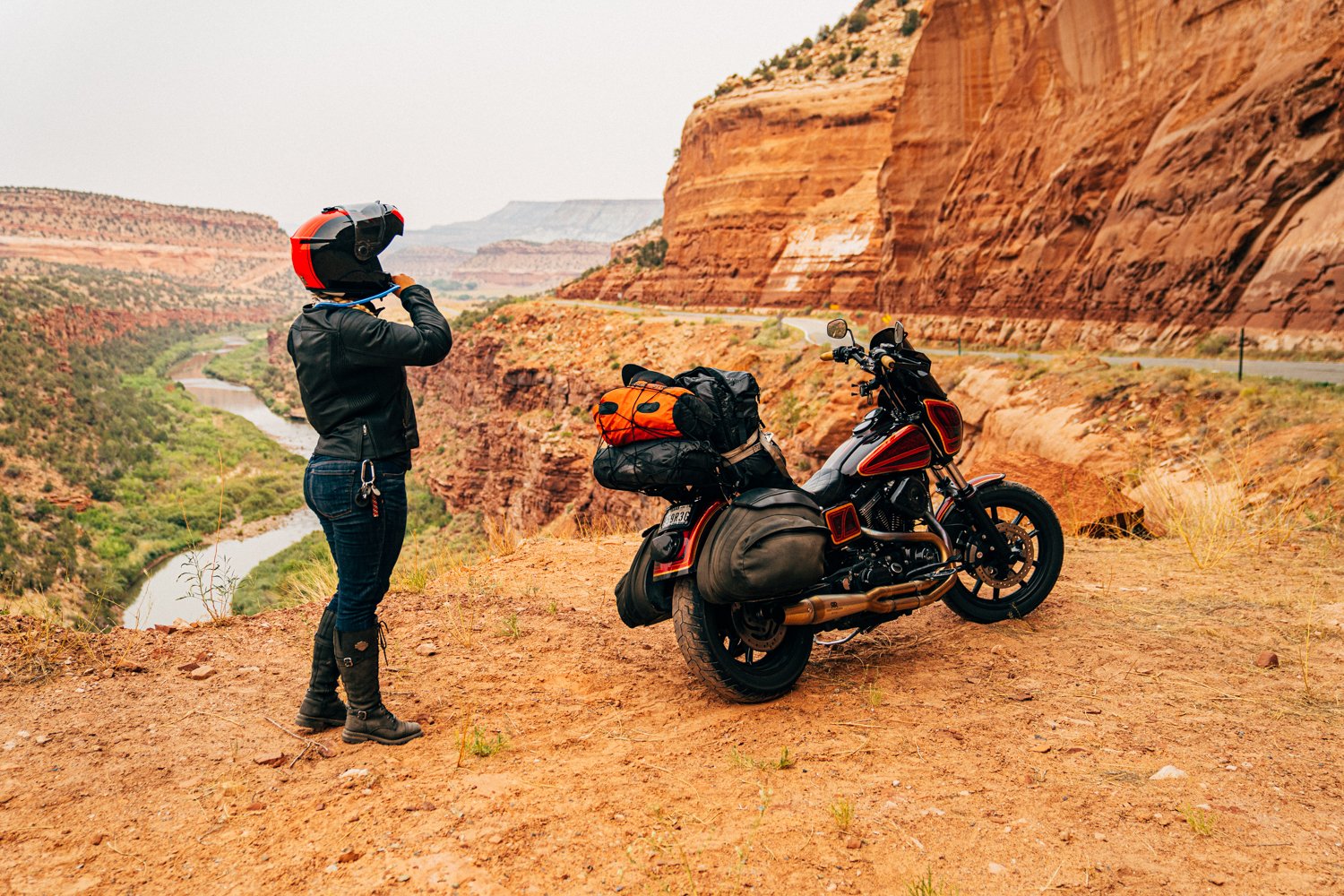
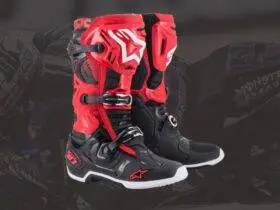

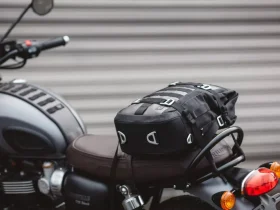


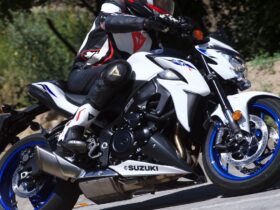
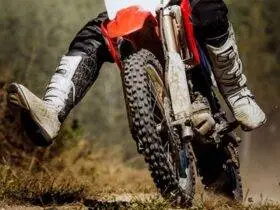
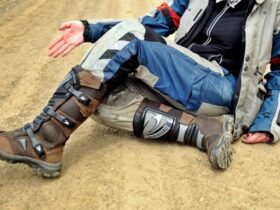

Leave a Review